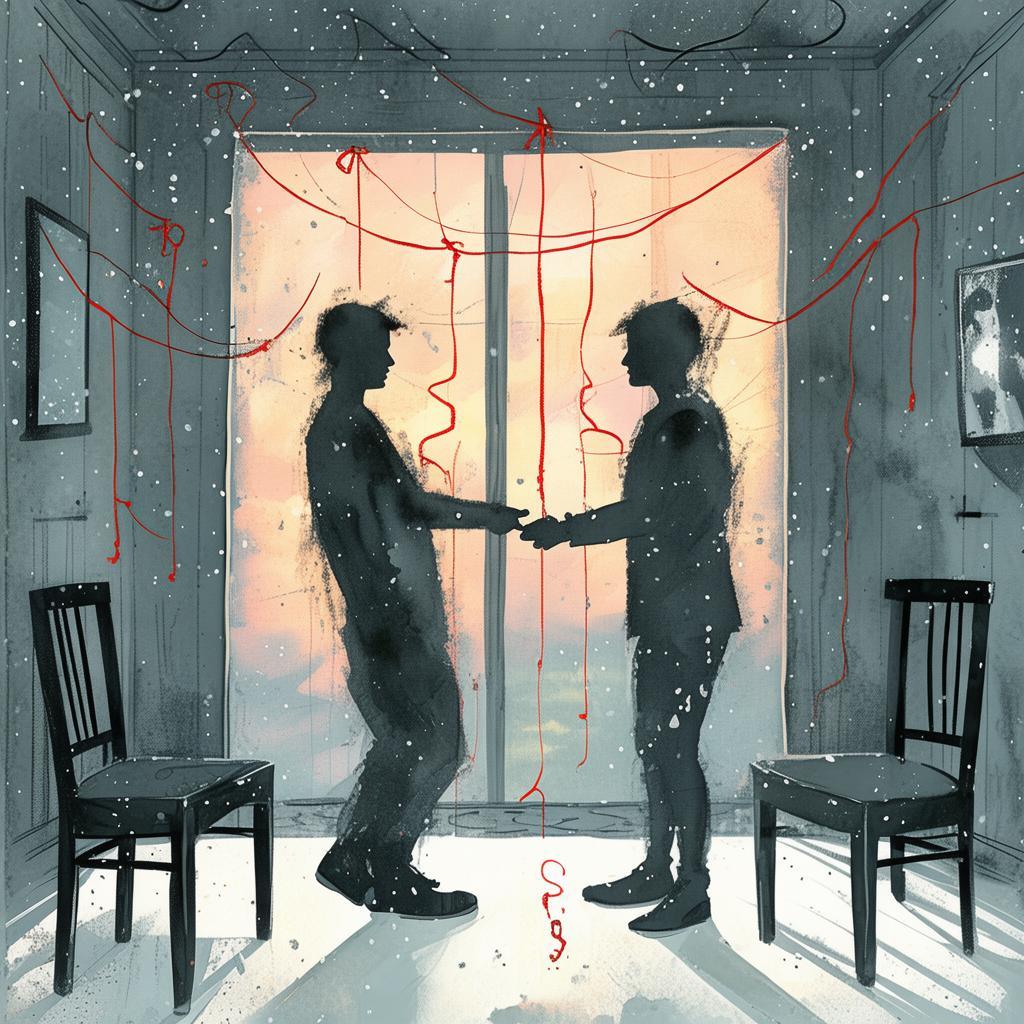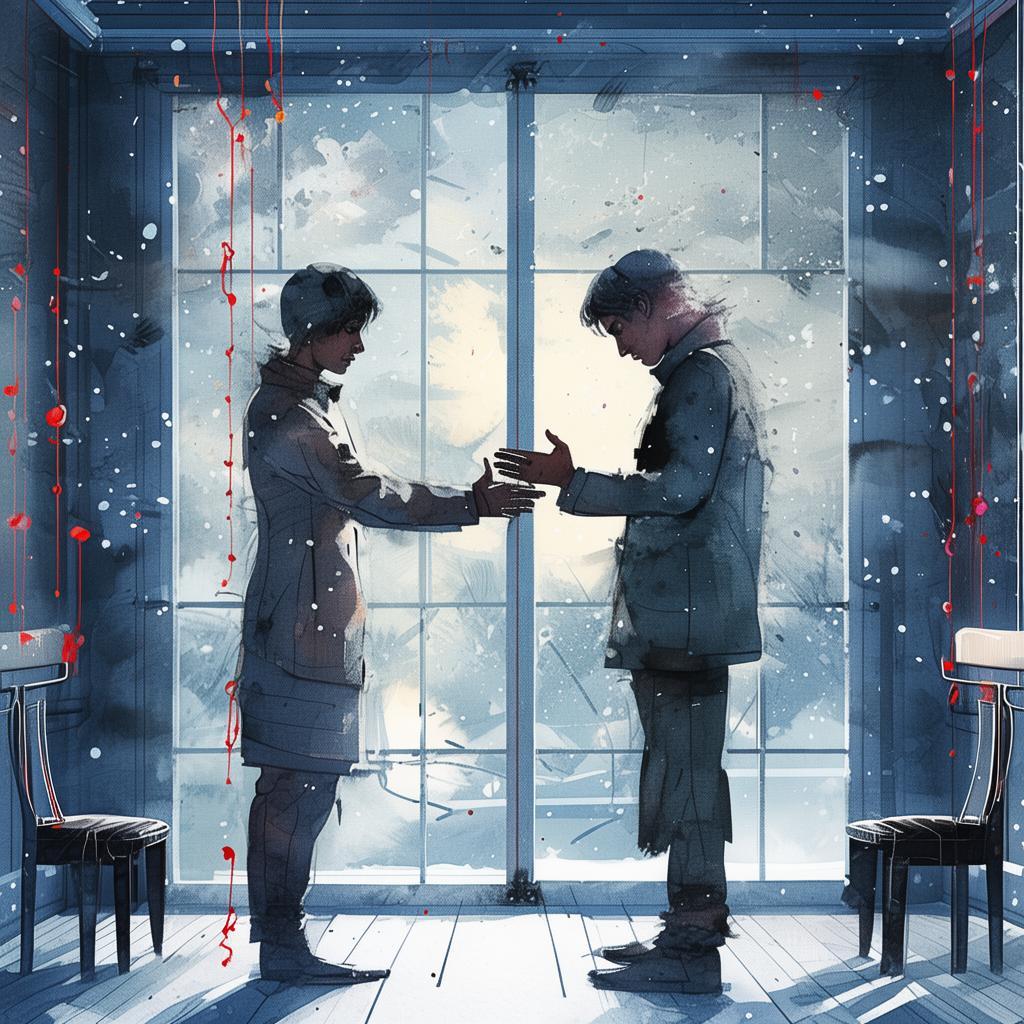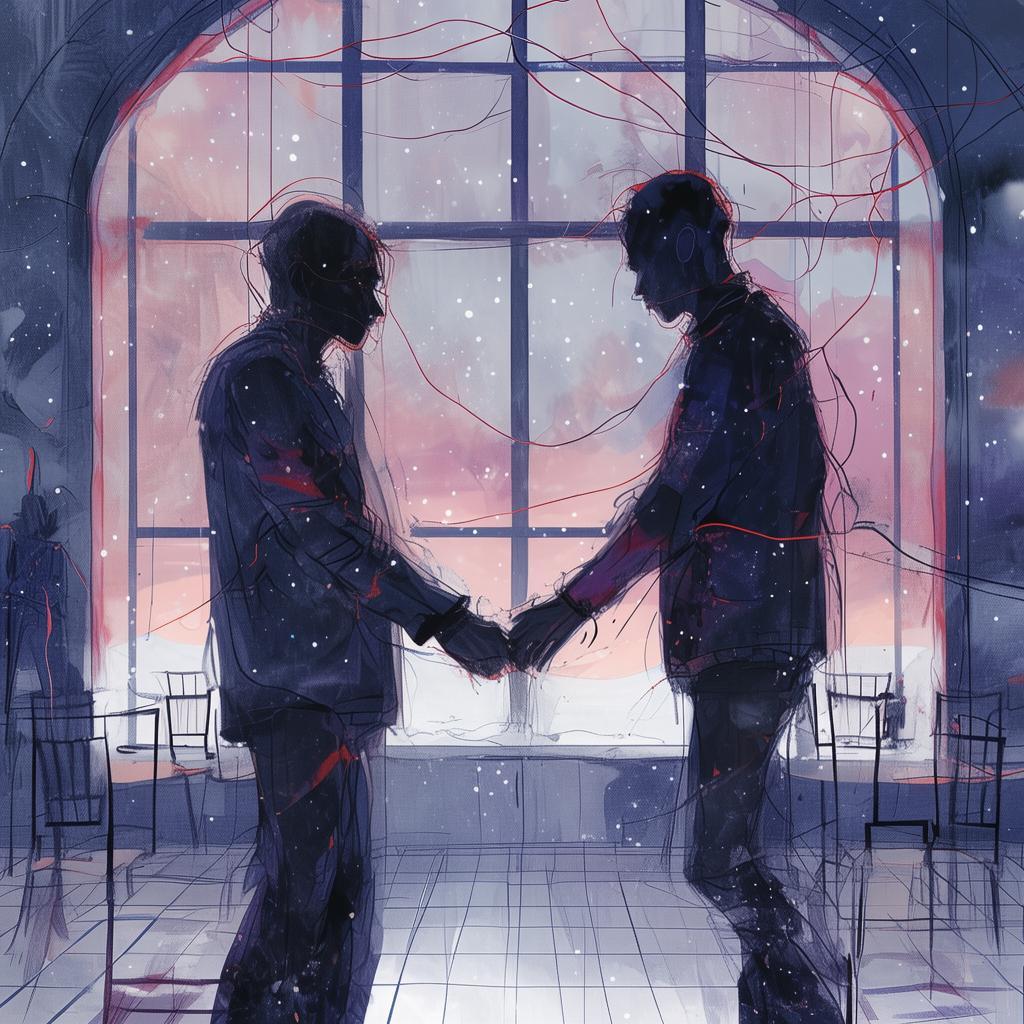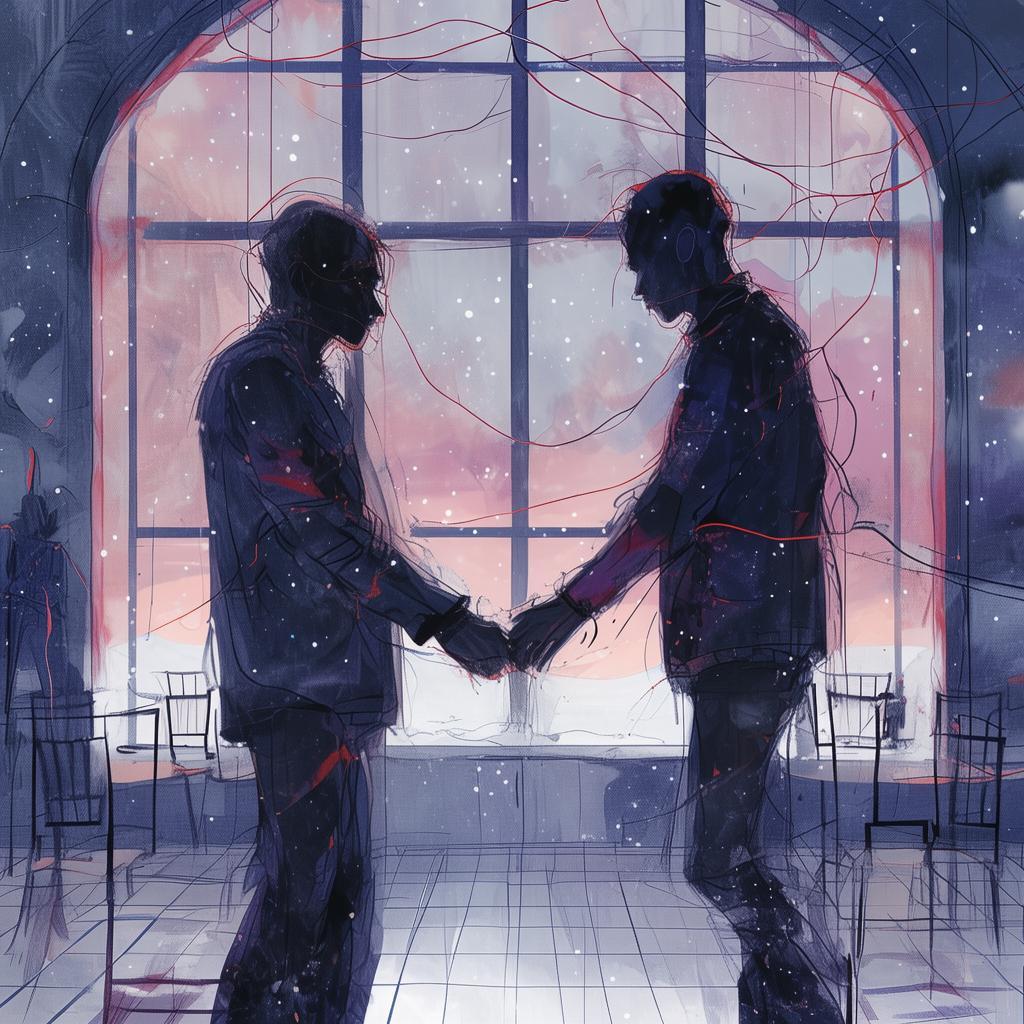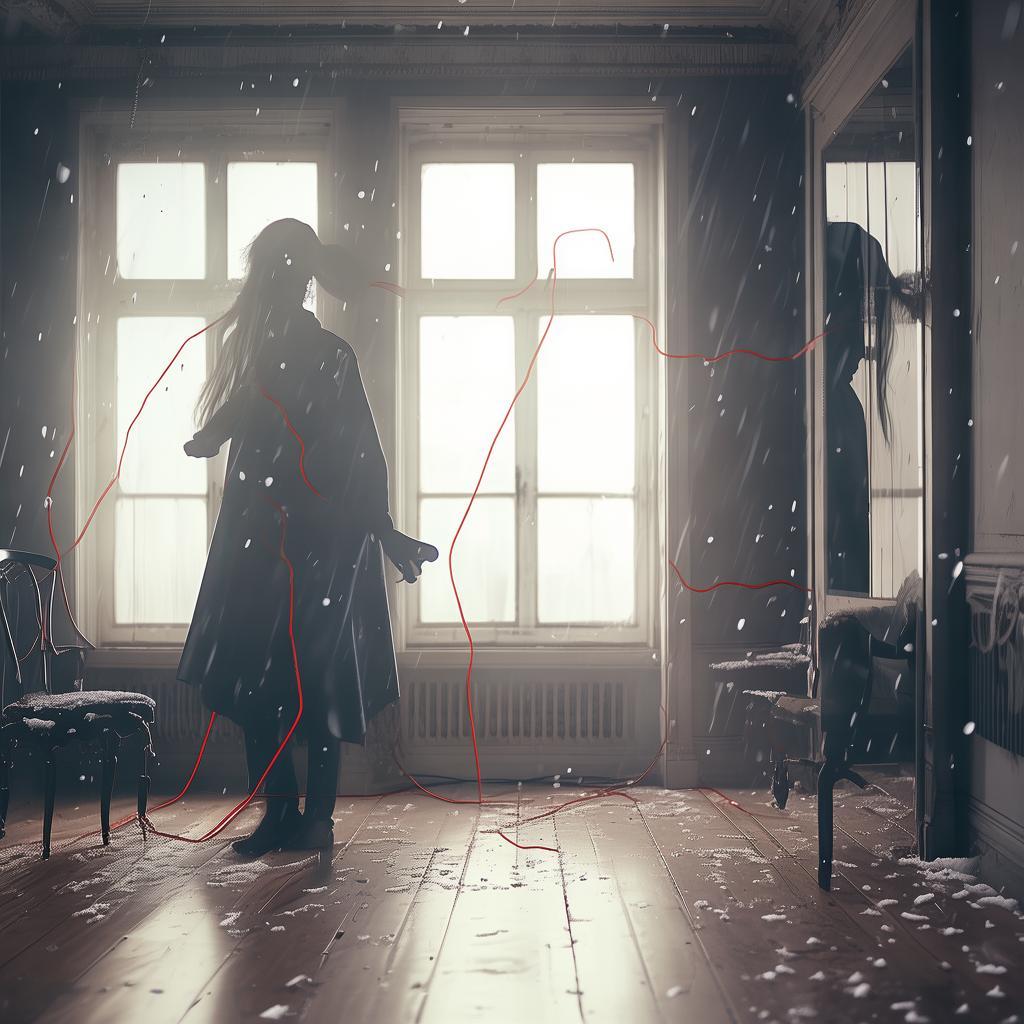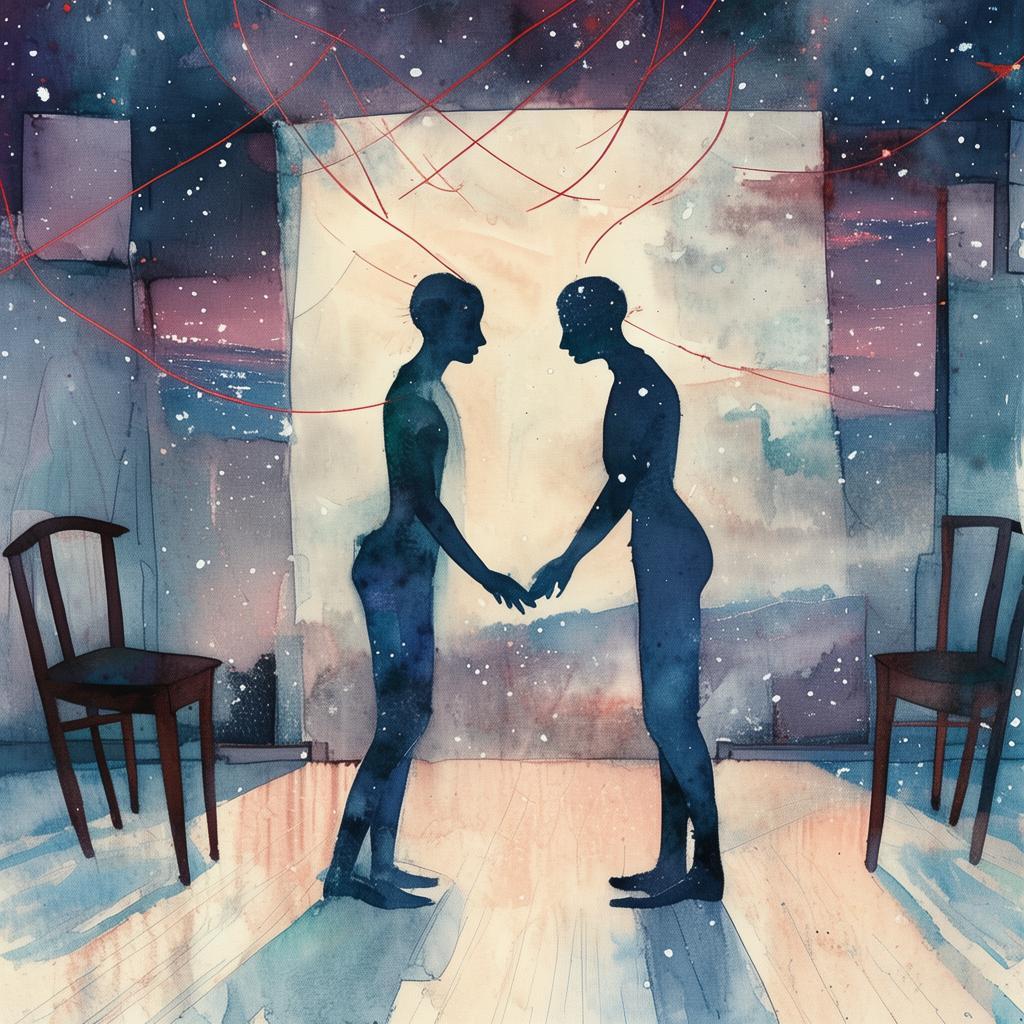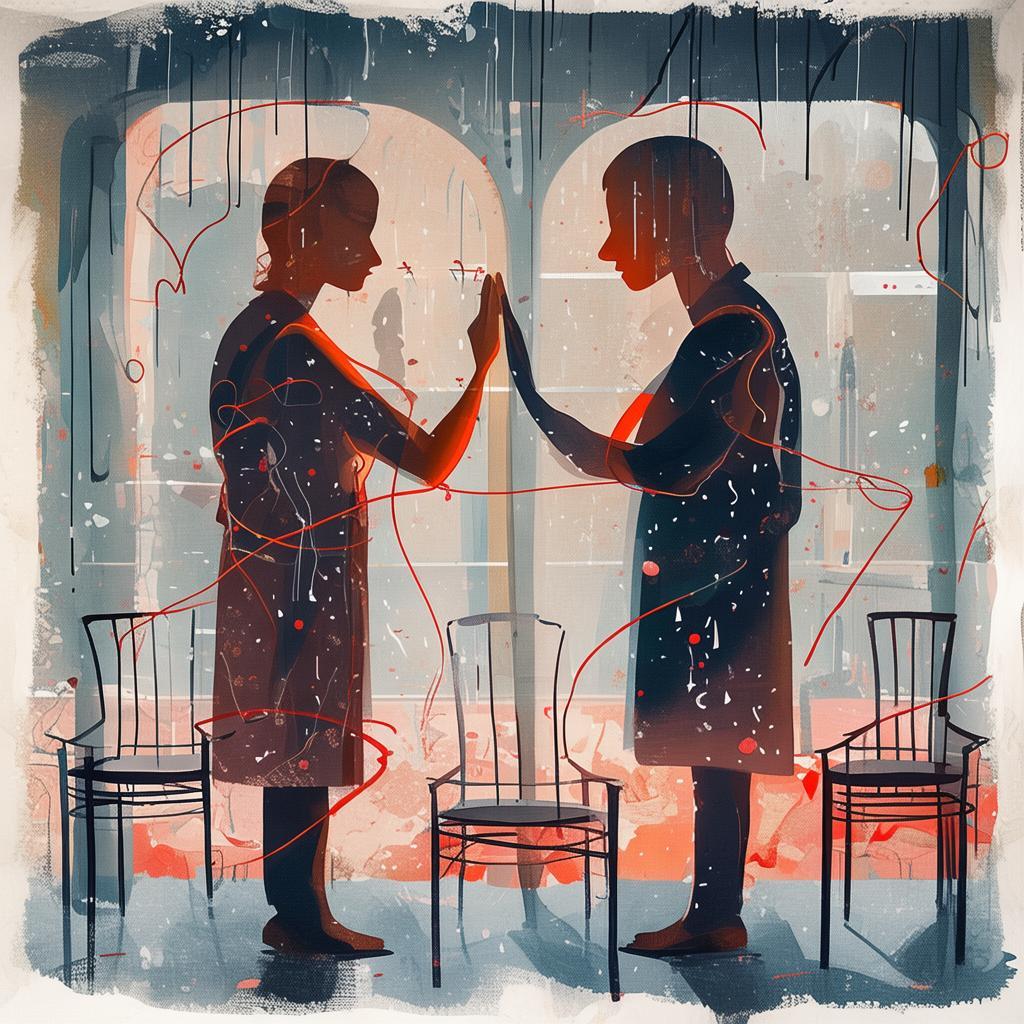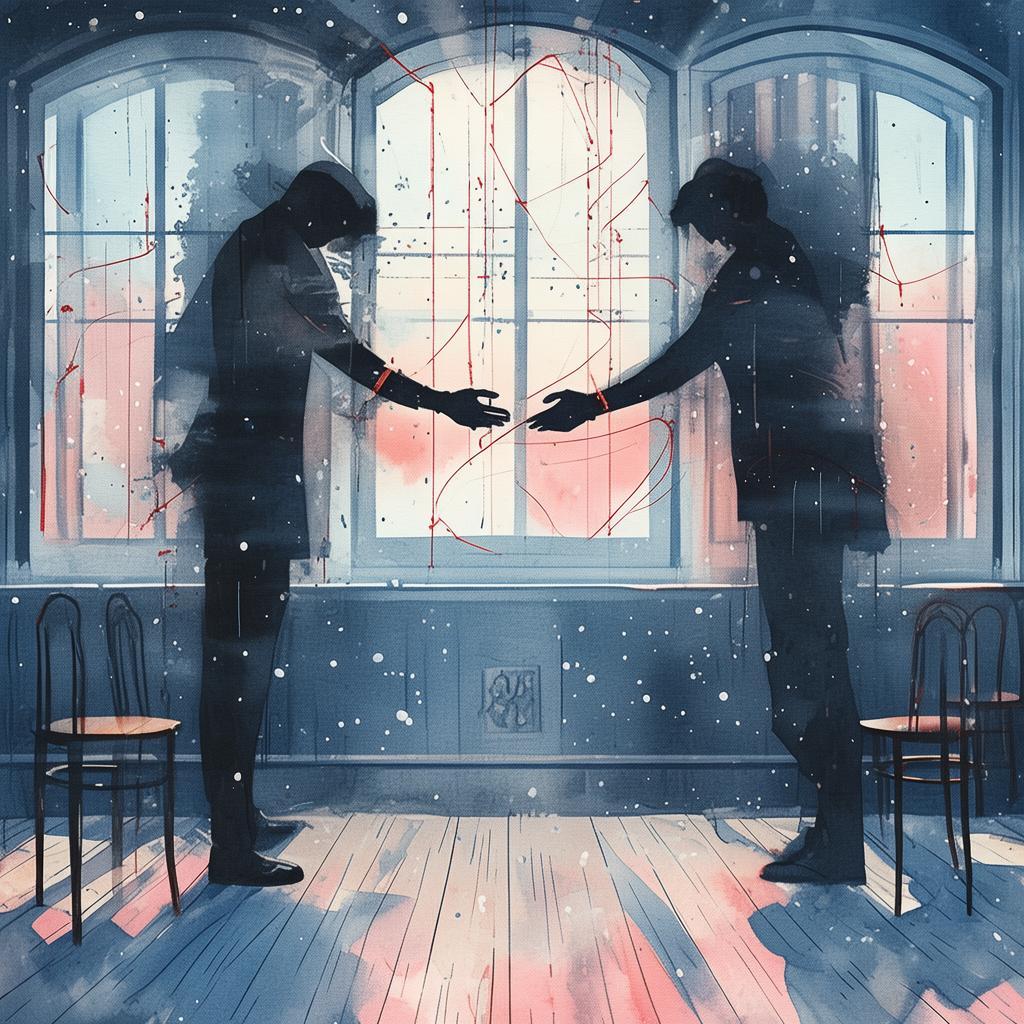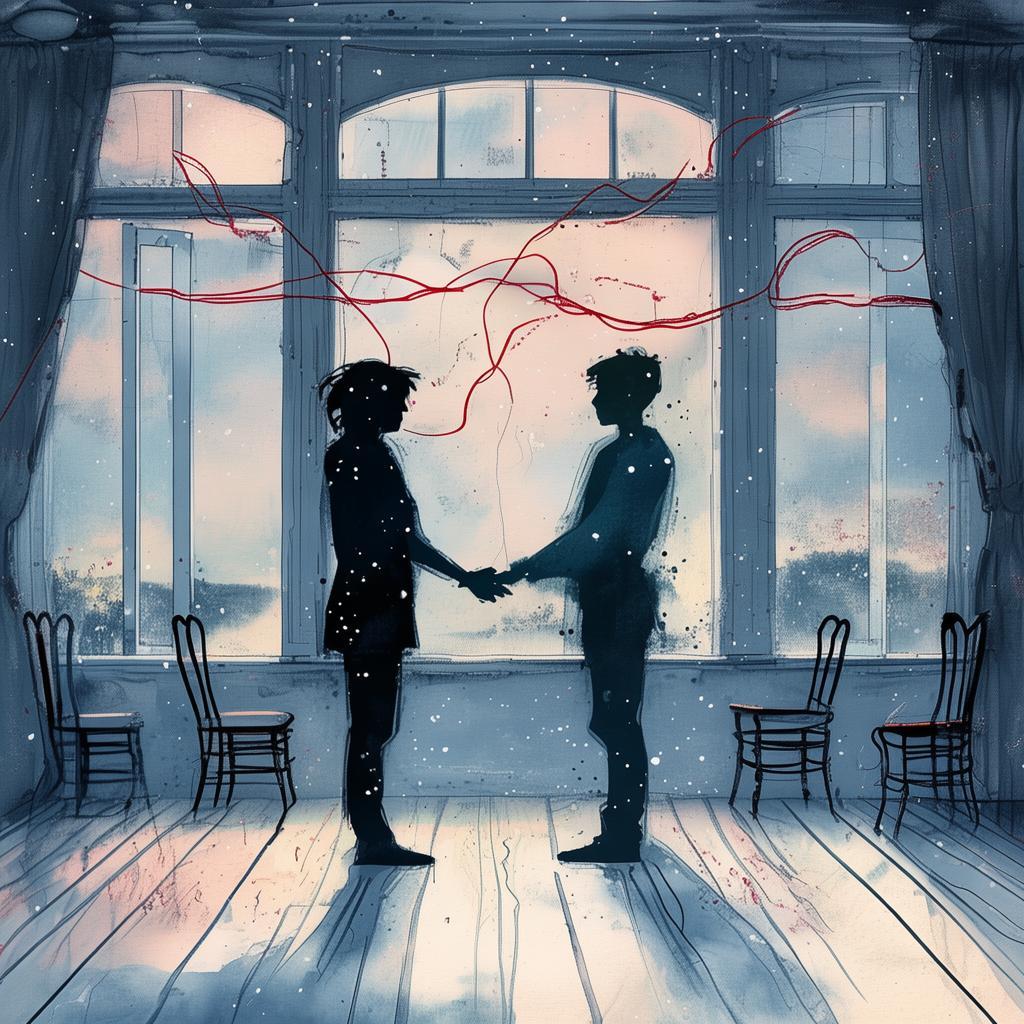The Relativistic Tangle: A Quantum Dad's Love
In the sprawling metropolis of Chronopolis, where the lines between past, present, and future blurred, there lived a man named Dr. Lin Hao. A brilliant physicist, Lin Hao had dedicated his life to the study of quantum mechanics, pushing the boundaries of what was considered possible. His work had earned him acclaim, but it was his relationship with his son, Wei, that defined him more than any scientific achievement.
Wei was not your average teenager. His eyes, like his father's, held a depth that belied his years. But there was a void within him, a void that Lin Hao, despite his best efforts, could not fill. Wei had grown up with the knowledge that he was not like other children, that his heart beat to a rhythm not shared by the world around him. It was a secret that Lin Hao had kept, a secret that he had hoped would not be the defining feature of his son's life.
One day, as Wei was preparing for his final year of high school, a strange device appeared on his father's desk. It was a quantum timepiece, a creation of Lin Hao's own design. It could leap across time, but it came with a price: the user had to pay with a part of themselves, a memory, an emotion, or a piece of their future.

Wei, driven by curiosity and a desire to understand his own existence, decided to use the device. He leaped into the past, to the time of his birth, to see his own origins. But what he found was not the answer he sought; it was a man, a father figure, who looked strikingly similar to Lin Hao, yet was not him.
The quantum leap had created a parallel reality, and in this reality, Wei's father was his father. It was a revelation that shook Wei to his core. He began to understand the love that Lin Hao had always held for him, a love that transcended time and space. But as he delved deeper into this parallel world, he discovered that the father figure was not who he thought he was.
Lin Hao, who had been observing Wei's journey from afar, felt a pang of guilt. He realized that he had kept his son in the dark, that he had failed to protect him from the harsh realities of the world. He decided to take a leap of his own, into the future, to see what Wei would become.
In the future, Wei had become a renowned physicist, but he was also a man who had lived with the weight of his father's love. Lin Hao saw the pain and the joy that his son had experienced, and he knew that he had to do something.
The two men, father and son, in this dance of time and space, found themselves in a paradox. Lin Hao had to confront his past mistakes, and Wei had to grapple with the reality of his own identity. As they navigated the relativistic dance, they discovered that love, in all its forms, was the one constant that could bridge the gaps between worlds.
The quantum timepiece, which had been a source of wonder and confusion, became a symbol of their bond. They used it to leap between realities, to see the different paths they could have taken, and to find the one that truly resonated with their hearts.
As Wei grew older, he came to understand that his father's love was not just a gift, but a responsibility. He knew that he had to embrace his own unique journey, and he knew that his father would be there to support him every step of the way.
The Relativistic Tangle: A Quantum Dad's Love is a story of discovery, of love, and of the boundless power of the human spirit. It is a tale that reminds us that no matter how complex the dance of time and space may be, the simple truth of love remains constant.
✨ Original Statement ✨
All articles published on this website (including but not limited to text, images, videos, and other content) are original or authorized for reposting and are protected by relevant laws. Without the explicit written permission of this website, no individual or organization may copy, modify, repost, or use the content for commercial purposes.
If you need to quote or cooperate, please contact this site for authorization. We reserve the right to pursue legal responsibility for any unauthorized use.
Hereby declared.

